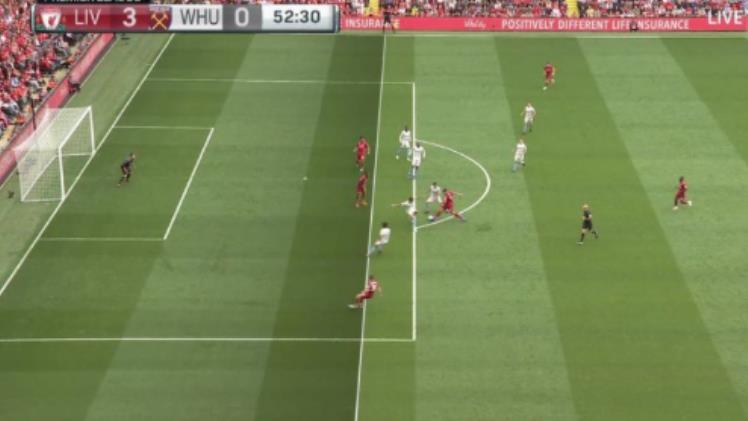In modern soccer, every goal can be a turning point. However, the thrilling moment for players and fans is often cut short by a raised flag from the linesman. That’s when “offside” comes into play, one of the most controversial and easily misunderstood rules in the sport. So 90phut tv https://ranumspanat.com/, what exactly is offside, why is it so important, and why can’t even VAR settle every debate?
What is the Offside Rule in Soccer?
When watching a high-level match, fans often see a referee blow the whistle for an offside foul and wonder if the player was truly in the wrong. First, let’s decode the concept of offside according to international standards.
Official FIFA Definition According to FIFA regulations, a player is in an offside position if any part of their head, body, or feet is closer to the opponent’s goal line than both the ball and the second-to-last opponent, at the moment the ball is passed by a teammate.
However, being in an offside position isn’t enough to be penalized. A player is only called for offside if they become actively involved in the play: receiving the pass, interfering with an opponent, or gaining an advantage from a rebound.
The Role of Defenders and the Goalkeeper One of the most confusing parts of the offside rule is the position of the defenders. In most situations, the goalkeeper is the last player in the defense. But if the goalkeeper is positioned high up the field, a defender can become the “last” player under the rule. This is why setting an offside trap requires excellent chemistry and tactical awareness.
Situations Where Offside is Penalized
Understanding the offside rule isn’t just about theory. The reality of a high-speed game is complex.
Becoming Involved in the Play A player is called offside when they receive the ball while in an offside position or directly influence the play—for example, by obstructing the goalkeeper’s view or gaining an advantage from a rebound. The issue often arises from determining the exact moment the ball is passed. A split-second can decide whether a goal is allowed or not. This is why VAR was introduced, to clarify these fine lines on the field.
Controversial Offside Calls Many goals in the Champions League or World Cup have been disallowed for offside by just a few millimeters, which is nearly impossible for the human eye to detect. To neutral fans, this is about fairness. But for the team that loses a goal, the offside rule can often feel infuriating.
See more: https://ranumspanat.com/bang-xep-hang-bong-da/
When is it Not an Offside Offense?
A player in an offside position is not always penalized. This is a key point to fully grasp the offside rule.
Not Actively Involved in the Play A player who is in an offside position but does not actively participate in the play—not running for the ball, not challenging for possession, and not obstructing an opponent—will not be penalized. The referee will allow the play to continue.
Three Exceptions to the Offside Rule A player can never be called offside if they receive the ball from one of these three situations:
- A throw-in
- A corner kick
- A goal kick
These are important exceptions that clarify the offside rule and allow teams to use quick counter-attack tactics without worrying about being caught offside.
VAR and Offside
In the digital age, VAR was expected to solve all disputes, but has it been enough to put the debate to rest?
VAR and Absolute Precision At the 2022 World Cup, FIFA introduced semi-automated offside technology, which uses sensors and 3D graphics to determine positions to the centimeter. Despite this, controversies still erupt over the “unsportsmanlike” nature of an offside call for just a player’s toe or shoulder.
The Debates Never End Part of the reason the question of “what is offside” is never-ending is that the final decision still depends on the referee. Even with technology, determining “involvement in the play” or “interference with an opponent” can still be subjective.
Conclusion Offside is more than just a rule—it’s a tactic. Top teams have long used the offside trap as a weapon to control space. But it’s also a rule that has disappointed fans time and again when a goal is disallowed.
What is offside in soccer? It’s a blend of skill, strategy, emotion, and technology. It’s a challenge for players and a test for the entire refereeing system, from the human eye to the machine.







